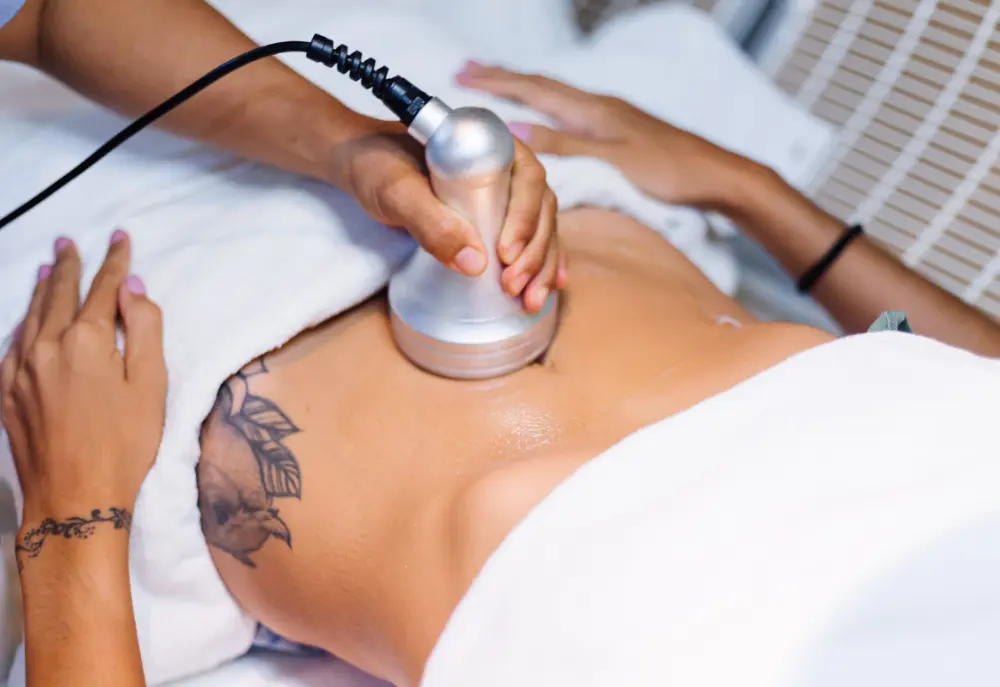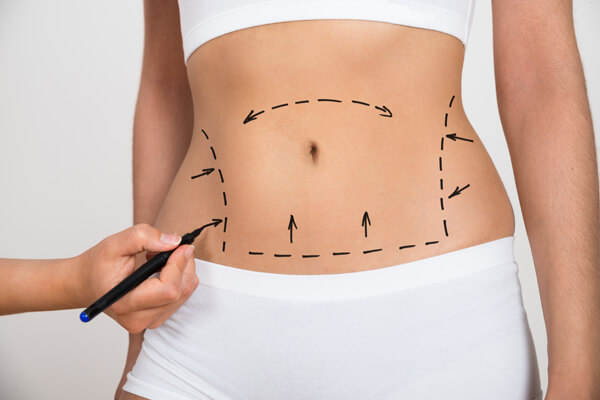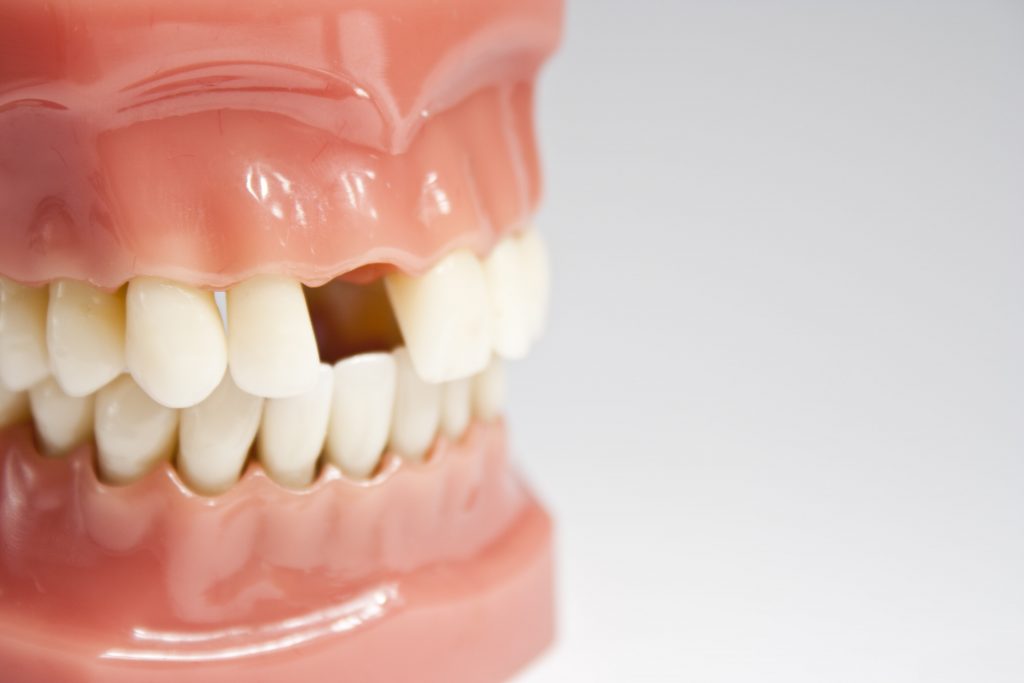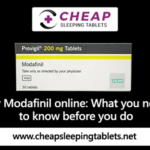
Body contouring procedures have evolved significantly over the years, bringing advanced methods that deliver exceptional results. The modern approach combines innovative technology with precise techniques to help achieve desired body shapes through carefully planned fat-removal processes.
Before the procedure – Preparing for success
A thorough medical evaluation ensures readiness for the procedure. Blood tests, physical examinations, and detailed discussions about medical history establish a strong foundation. Patients receive specific instructions about medication adjustments, dietary restrictions, and lifestyle modifications in the weeks leading up to the surgery.
During the procedure – Step by step process
The procedure begins with the administration of appropriate anaesthesia based on individual needs and surgical plans. A sterile solution infusion helps break down fat cells and minimizes bleeding during the process.
Technology at work
Advanced vibrating cannulas move systematically through targeted areas, breaking down and removing unwanted fat deposits. Power Power-assisted liposuction enhances surgical precision through controlled mechanical movements, allowing surgeons to focus on achieving smooth, natural-looking results while maintaining patient comfort throughout the procedure.
Recovery period – initial phase

The first 24-48 hours require close monitoring and adherence to post-operative care instructions. Compression garments support proper healing, and help reduce swelling. During this time, Power Assisted Liposuction patients experience minimal discomfort thanks to the technique’s gentle approach to fat removal.
Essential aftercare practices
- Regular movement within comfort levels
- Proper hydration and balanced nutrition
- Consistent wear of compression garments
- Following prescribed medication schedules
- Attending all follow-up appointments
- Maintaining a stable weight through healthy habits
Timeline for visible results
Week 1-2:
- Initial swelling begins to subside
- Movement becomes more comfortable
- Return to light daily activities
Week 3-4:
- Significant reduction in swelling
- Improved energy levels
- Gradual return to normal activities
Month 2-3:
- Continued improvement in contours
- Enhanced skin retraction
- Full resumption of exercise routines
Long-term maintenance and lifestyle adjustments
Success extends beyond the procedure through committed lifestyle choices. Regular exercise routines, balanced nutrition, and proper hydration help maintain results. Following post-procedure guidelines ensures optimal healing and long-lasting outcomes.
Common questions and concerns
Addressing recovery timeline
The healing process varies among individuals, but most resume normal activities within 1-2 weeks. Complete recovery typically occurs within 6-8 weeks, with final results becoming visible after 3-4 months.
Activity restrictions
A gradual return to regular activities protects healing tissues. Light walking starts immediately, while more strenuous exercises resume after 4-6 weeks, based on individual healing progress.
Physical changes and expectations
Initial changes appear as swelling decreases, with continued improvements over several months. The body naturally adjusts to its new contours, revealing enhanced proportions and smoother profiles.
Maximizing long-term results
Regular exercise
Incorporating varied workout routines maintains muscle tone and supports overall body composition. Activities should start gradually and increase based on comfort and healing progress.
Nutrition guidelines
Balanced meals rich in proteins, vitamins, and minerals support healing and maintain results. Proper hydration plays a crucial role in recovery and long-term success.
Skin care practices
Proper skin care routines support healing and enhance overall results. Protection from sun exposure and regular moisturizing help maintain skin health and elasticity.
Follow-up care importance
Regular check-ups monitor healing progress and address any concerns promptly. Documentation of results helps track improvements and ensures optimal outcomes.
The complete journeys from preparation through recovery helps set realistic expectations and achieve desired outcomes. Commitment to aftercare instructions and healthy lifestyle choices ensures optimal, long-lasting results. Success comes through partnership between medical professionals and patient dedication to the healing process.








